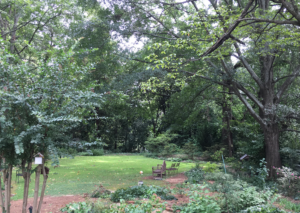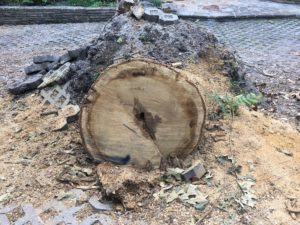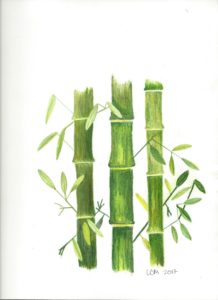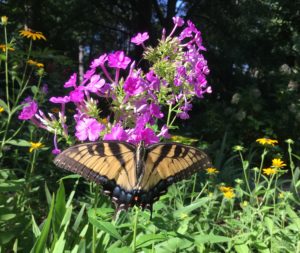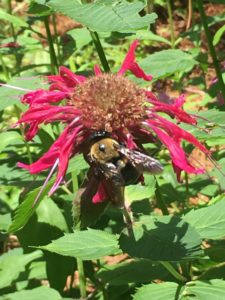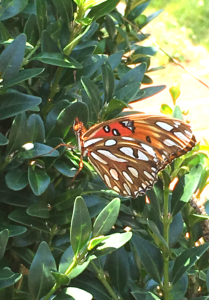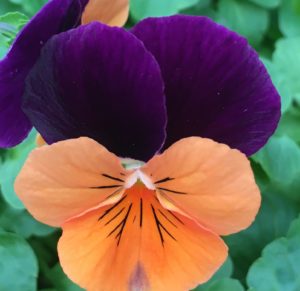 It sounds like a recipe for soup – a little parsley, some cabbage, a little kale and – pansies! But in truth, it’s the backbone of my autumn gardening season. Maybe more than in any other season, in the fall I appreciate gardening in the mild climate of Atlanta, Georgia. Once the heat, humidity and bugs have passed, or at least gone dormant for a few months, I am re-energized to plant again.
It sounds like a recipe for soup – a little parsley, some cabbage, a little kale and – pansies! But in truth, it’s the backbone of my autumn gardening season. Maybe more than in any other season, in the fall I appreciate gardening in the mild climate of Atlanta, Georgia. Once the heat, humidity and bugs have passed, or at least gone dormant for a few months, I am re-energized to plant again.
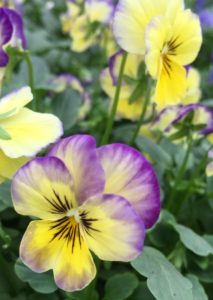 Pansies and violas are pretty amazing flowers. Planted in the fall, these will not only withstand all but the most frigid temperatures, they will also become established enough to begin growing and blooming in spring as soon as the weather warms again. In the past several years, my pansies have bloomed intermittently throughout winter, thanks to the dubious benefit of warmer-than-average temperatures.
Pansies and violas are pretty amazing flowers. Planted in the fall, these will not only withstand all but the most frigid temperatures, they will also become established enough to begin growing and blooming in spring as soon as the weather warms again. In the past several years, my pansies have bloomed intermittently throughout winter, thanks to the dubious benefit of warmer-than-average temperatures.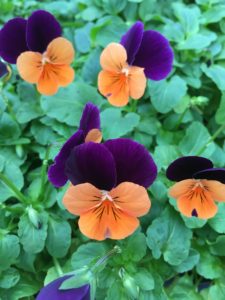
Both pansies and violas are in the viola genus and are also related to the violets and johnny-jump-ups. Pansies were bred from the johnny-jump-up, native to England, to develop large, flat and beautifully marked petals.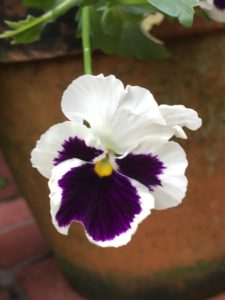
Pansies are heavy feeders and should be treated to an application of organic fertilizer every few weeks in spring and summer. This year, for the first time, I put out a “pansy starter” fertilizer at planting time. I’ll let you know if it was worthwhile or if I just succumbed to great advertising at the garden shop for no reason.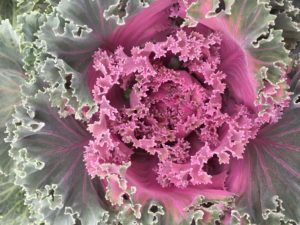
Companion plantings for the pansies include parsley – useful in the kitchen as well! – ornamental cabbages and, my personal favorite, kale, which we pick and eat all fall and again starting in early spring.
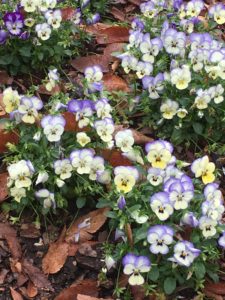 So, don’t put up your trowel just yet but go out and plant some pansies!
So, don’t put up your trowel just yet but go out and plant some pansies!

 I have to admit that I can’t always make a positive ID of the trees that I see in the woods, but I never have trouble recognizing a Sassafras tree, which has such a distinctive collection of leaf shapes that anyone can tell when they’re looking at a Sassafras. This tree sports three different leaf shapes – an oval, a “mitten” and a “three lobe”.
I have to admit that I can’t always make a positive ID of the trees that I see in the woods, but I never have trouble recognizing a Sassafras tree, which has such a distinctive collection of leaf shapes that anyone can tell when they’re looking at a Sassafras. This tree sports three different leaf shapes – an oval, a “mitten” and a “three lobe”.




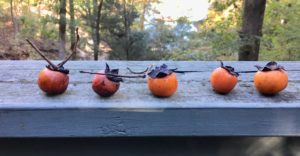 Just to be sure, I checked the Persimmon jam recipe again. Yep, it calls for 5 CUPS of pureed wild persimmons, not 5 persimmons. I look at my meager wild harvest and ponder. What was I going to do with 5 persimmons? Too many and too beautiful to throw away, too few to be really useful.
Just to be sure, I checked the Persimmon jam recipe again. Yep, it calls for 5 CUPS of pureed wild persimmons, not 5 persimmons. I look at my meager wild harvest and ponder. What was I going to do with 5 persimmons? Too many and too beautiful to throw away, too few to be really useful.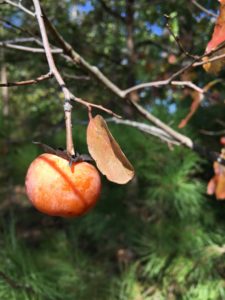
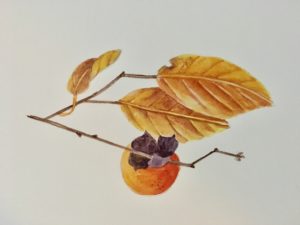 I could give them to my friend who has a country house called Persimmon Farm but she, too, is crafty and would want to DO something with them and what do you do with 5 wild persimmons?
I could give them to my friend who has a country house called Persimmon Farm but she, too, is crafty and would want to DO something with them and what do you do with 5 wild persimmons?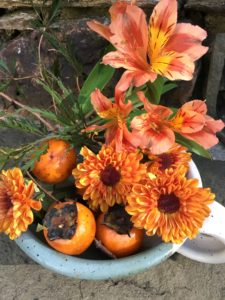

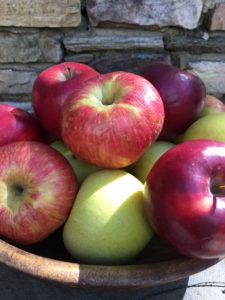 The apple tree in the backyard of my childhood home in Atlanta, Georgia produced apples so tart they made your face pucker. Small, green and generally hard as a rock, they made a surprisingly good apple pie, proving that enough sugar and butter can make most anything taste delicious.
The apple tree in the backyard of my childhood home in Atlanta, Georgia produced apples so tart they made your face pucker. Small, green and generally hard as a rock, they made a surprisingly good apple pie, proving that enough sugar and butter can make most anything taste delicious.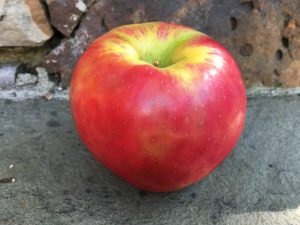

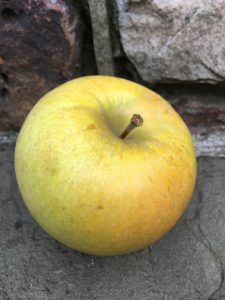
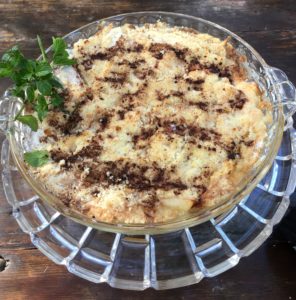
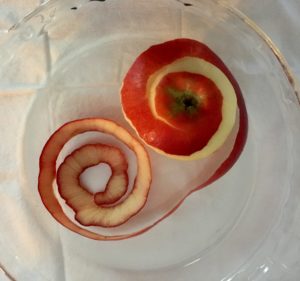
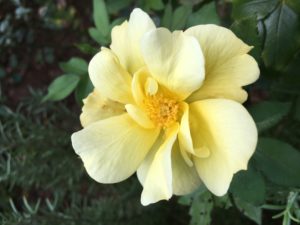 My last rose of summer forgot to quit blooming. It thinks it’s still June. I’m not really complaining, I love all flowers, all the time. It is a ‘Knock – Out’ rose, a variety that burst on the scene in 2000 and took the gardening world by storm. These sturdy, hardy roses, are as advertised (carefree) and make growing roses possible for even the most casual gardener. They thrive with no chemicals and little maintenance but do benefit from regular pruning and watering. Other than that, as long as you provide the basic requirements for rose growing, they will need little other maintenance.
My last rose of summer forgot to quit blooming. It thinks it’s still June. I’m not really complaining, I love all flowers, all the time. It is a ‘Knock – Out’ rose, a variety that burst on the scene in 2000 and took the gardening world by storm. These sturdy, hardy roses, are as advertised (carefree) and make growing roses possible for even the most casual gardener. They thrive with no chemicals and little maintenance but do benefit from regular pruning and watering. Other than that, as long as you provide the basic requirements for rose growing, they will need little other maintenance.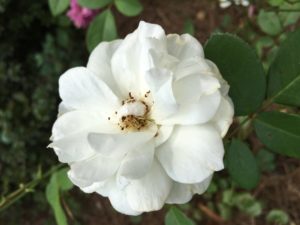
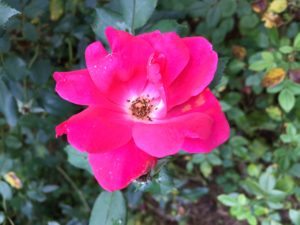
 The “carefree” advertisement may need adjusting in the future. There is a virus that can attack and kill even the ‘Knockout.’ It is called ‘Rose rosette’ and results in vermillion stems and buds that open into deformed blossoms and will eventually kill the plant. Note: The normal habit of the plant is to produce reddish green new growth so don’t get this confused with the true garish bright red caused by the virus. Right now there’s not much you can do about it except dig up and destroy any effected plants.
The “carefree” advertisement may need adjusting in the future. There is a virus that can attack and kill even the ‘Knockout.’ It is called ‘Rose rosette’ and results in vermillion stems and buds that open into deformed blossoms and will eventually kill the plant. Note: The normal habit of the plant is to produce reddish green new growth so don’t get this confused with the true garish bright red caused by the virus. Right now there’s not much you can do about it except dig up and destroy any effected plants.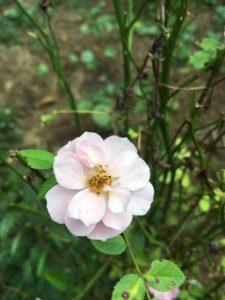

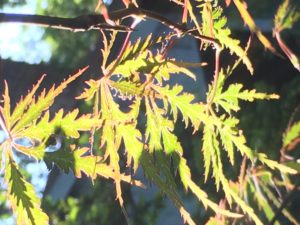 Finally, like getting bubble gum off the bottom of my shoe, summer is letting go. There are still strings and strands of heat and humidity lingering on but for the most part, the long, hot days of Summer 2017 are over. It might be a while before we pull out the winter coats but for now, I’m thrilled to be wearing a sweatshirt.
Finally, like getting bubble gum off the bottom of my shoe, summer is letting go. There are still strings and strands of heat and humidity lingering on but for the most part, the long, hot days of Summer 2017 are over. It might be a while before we pull out the winter coats but for now, I’m thrilled to be wearing a sweatshirt.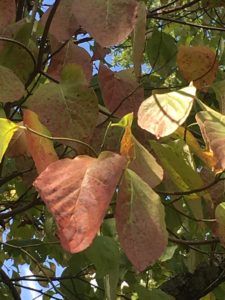 My garden is definitely glad to shake off the end-of-the season blahs and look toward something new and fresh. Pulling out old, scraggly way-past-prime annuals feels like brushing tangles out of my hair. It is lovely to have everything neat and orderly again.
My garden is definitely glad to shake off the end-of-the season blahs and look toward something new and fresh. Pulling out old, scraggly way-past-prime annuals feels like brushing tangles out of my hair. It is lovely to have everything neat and orderly again.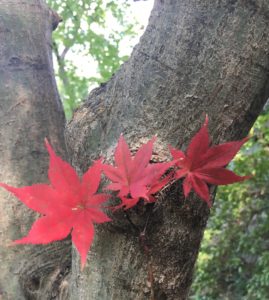 there are definite signs of spring-like growth. I’m not talking about plants confused by lingering warm temperatures paired with shorter sunlight hours making them think it’s spring, like daffodils that might be putting up leaves. Instead, I’m talking about those plants whose natural growth cycle causes them to put out fresh, green growth right now at the beginning of fall.
there are definite signs of spring-like growth. I’m not talking about plants confused by lingering warm temperatures paired with shorter sunlight hours making them think it’s spring, like daffodils that might be putting up leaves. Instead, I’m talking about those plants whose natural growth cycle causes them to put out fresh, green growth right now at the beginning of fall. Probably the most conspicuous of these is Helleborus, Lenten rose, whose peak blooming season is mid-winter. Beginning in January, these plants brave the cold (and sometimes ice and snow) to bring us an abundance of lovely white or dusky rose colored blossoms.
Probably the most conspicuous of these is Helleborus, Lenten rose, whose peak blooming season is mid-winter. Beginning in January, these plants brave the cold (and sometimes ice and snow) to bring us an abundance of lovely white or dusky rose colored blossoms. 
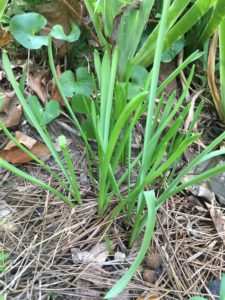

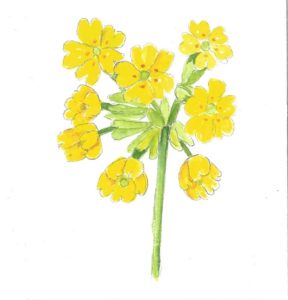 By fall these leaves are looking pretty tired and ragged but if you look closely, you’ll see the bright yellow green growth of new leaves, promising lovely spring flowers – as soon as winter is over!
By fall these leaves are looking pretty tired and ragged but if you look closely, you’ll see the bright yellow green growth of new leaves, promising lovely spring flowers – as soon as winter is over!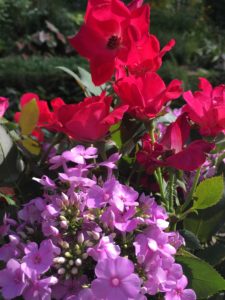
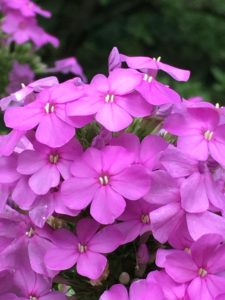
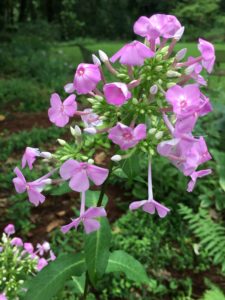
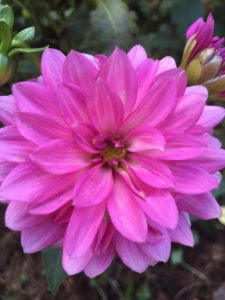
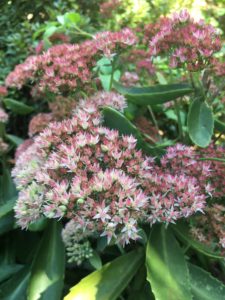
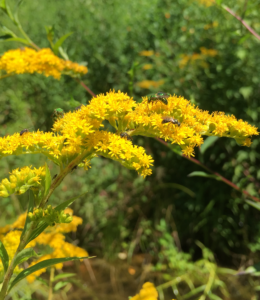
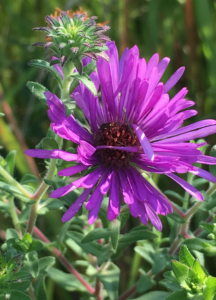
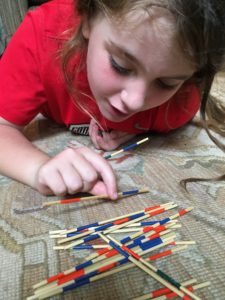 My seven year old granddaughter, Ellie, loves to play pick up sticks so I thought she would jump at the opportunity to pick up some real sticks in the back yard! I was wrong. So, we sat on the living room floor and played a few rounds of the game, then I sent her home and went out to pick up after Irma.
My seven year old granddaughter, Ellie, loves to play pick up sticks so I thought she would jump at the opportunity to pick up some real sticks in the back yard! I was wrong. So, we sat on the living room floor and played a few rounds of the game, then I sent her home and went out to pick up after Irma.